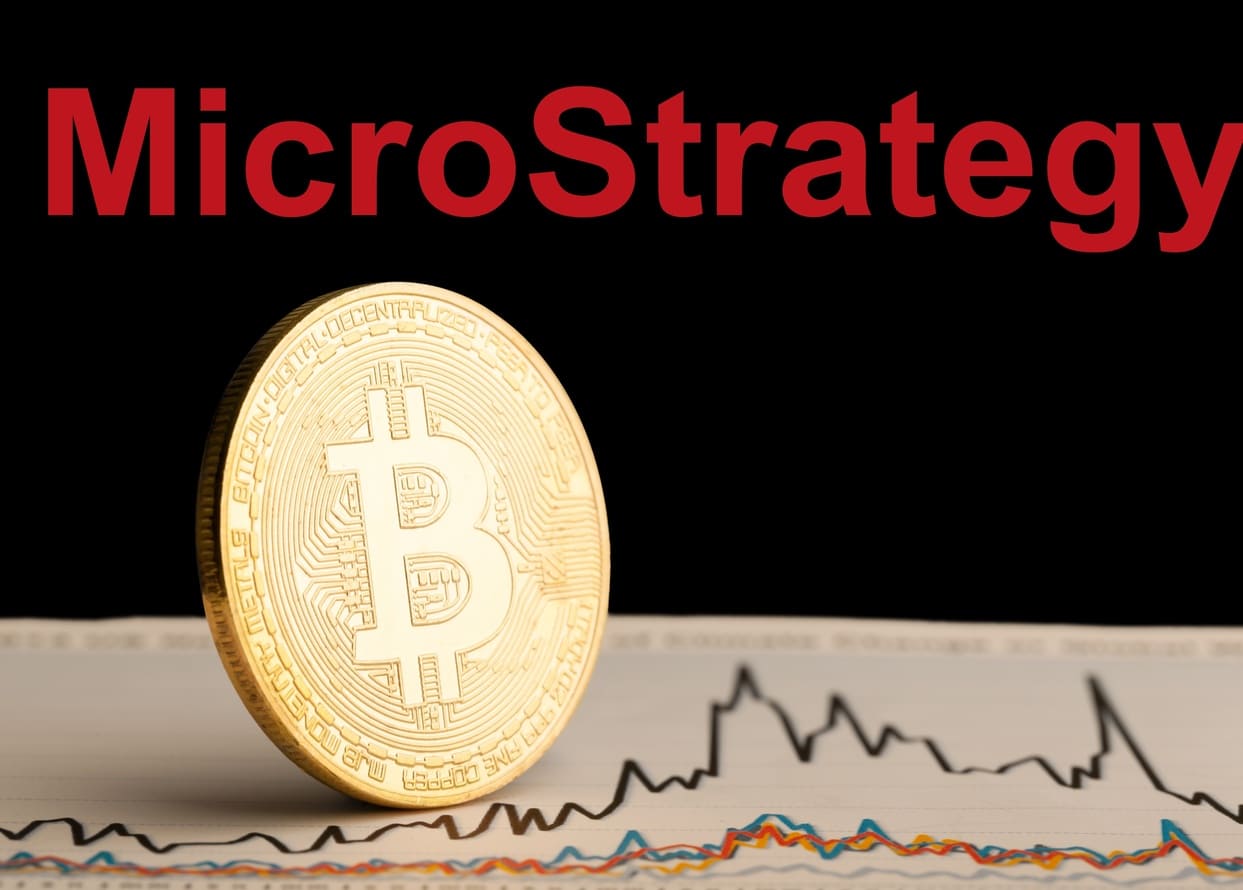
Ethereum Spot ETFs Could Heighten Validator Concentration Risk, Warns S&P Global
S&P Global’s research highlights the potential impact of Ethereum ETFs on validator concentration, raising concerns about entities like Lido and Coinbase.
Ethereum exchange-traded funds (ETFs), if greenlit, could potentially amplify the risks associated with validator concentration within the Ethereum network, a recent study conducted by S&P Global highlights.
The research paper, titled “U.S. Ether ETFs Could Exacerbate Concentration Risk,” explores the potential repercussions of spot Ethereum funds on the Ethereum network’s validator concentration, especially those incorporating staking. “An increase in ether staking ETFs could affect the mix of validators participating in the Ethereum network’s consensus mechanism,” the analysis states. “The participation of institutional custodians could reduce the current concentration on the Lido decentralized staking protocol. However, it may also introduce new concentration risk, particularly if a single entity is chosen to stake the bulk of ether included in these ETFs,” researchers add.
Unlike traditional spot traded products such as spot Bitcoin ETFs, which secure their holdings in digital vaults and primarily function to mirror the asset’s market price, Ethereum offers a unique proposition - staking. In this process, crypto is locked up to support network operations and secure transactions, providing rewards to participants. However, staking also introduces the risk of ‘slashing’ if validators underperform or act maliciously.
The research suggests that while spot Ethereum ETFs won’t affect the validator mix, proposed staking-enabled Ethereum ETFs, like those from Ark Invest and Franklin Templeton, could become large enough to significantly influence validator power. “U.S. spot ether ETFs that incorporate staking could become large enough to change validator concentrations in the Ethereum network, for better or worse,” the analysis adds.
The study also raises specific concerns about Lido and Coinbase, both of which pose potential threats to validator concentration, albeit for slightly different reasons. While Lido holds nearly 33% of staked ETH, it’s unlikely that US institutions launching Ethereum staking ETFs will directly engage with Lido due to regulatory and risk considerations. Instead, these ETFs might opt for regulated digital asset custodians for staking, potentially mitigating Lido’s dominance. However, this shift raises concerns about the role of Coinbase. Coinbase could increase its Ethereum stake through ETFs, leading to greater concentration. Furthermore, Coinbase’s dual role as custodian for multiple Bitcoin ETFs and potential involvement in Ethereum ETFs could exacerbate concentration.
The overall impact of ETFs on concentration depends on their staking practices. The research suggests that the introduction of new digital asset custodians could allow ETF issuers to diversify their stakes across different entities, potentially mitigating concentration risk.





